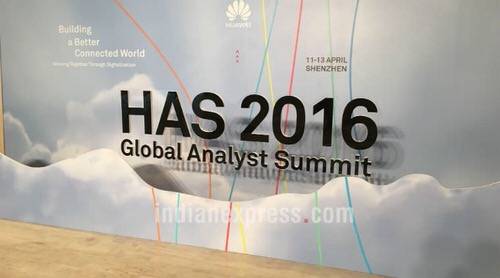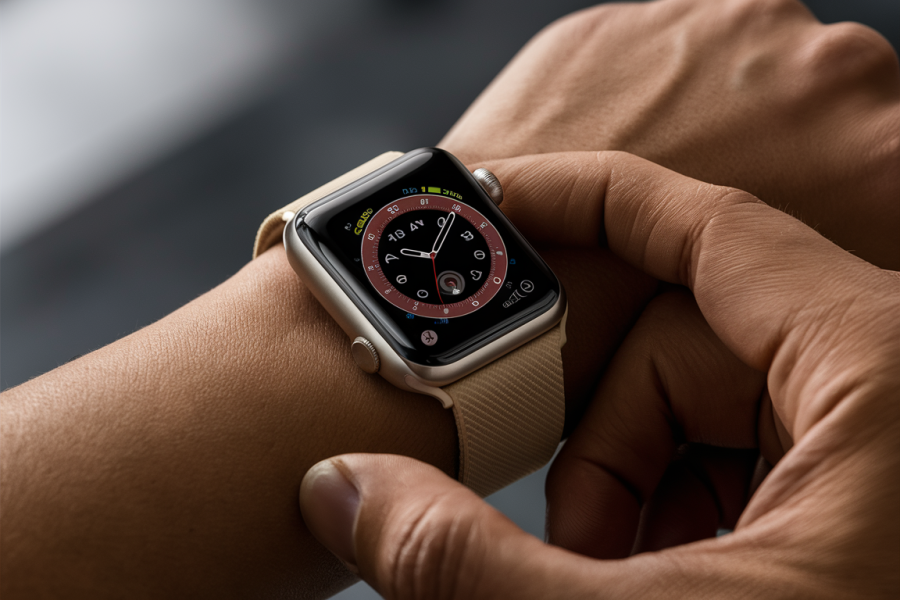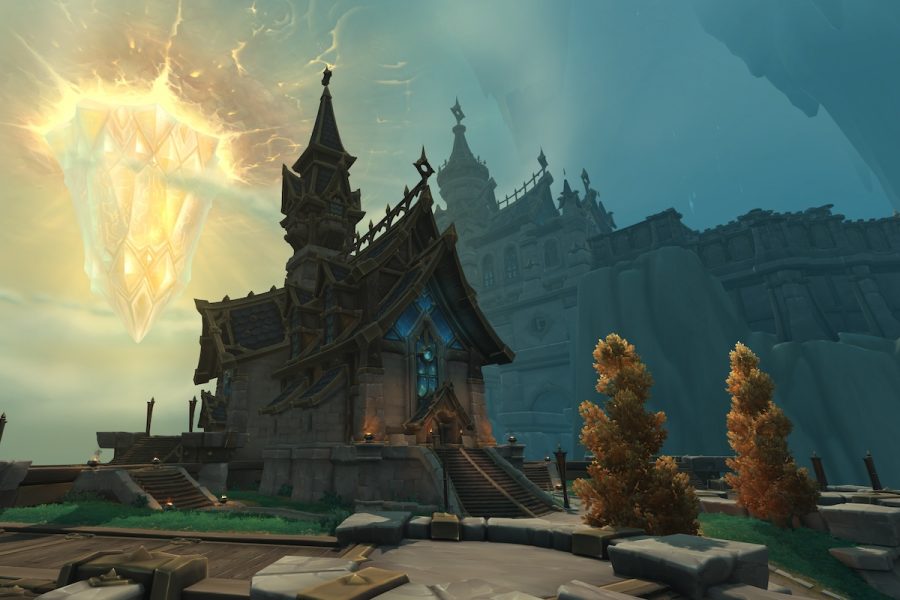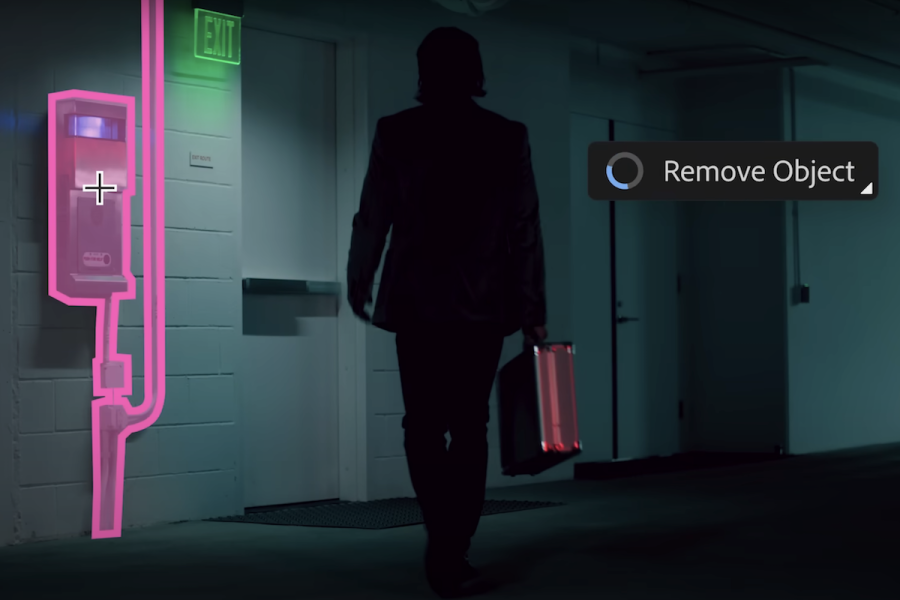Communications giant Huawei has revealed its vision for 2016 at its annual analyst summit (HAS), with a focus on the Internet of Things (IoT), virtual reality, and 5G internet.
The Chinese firm was one of the first to begin 5G tests, working with Japanese wireless carrier NTT Docomo last year on field tests. It expects to see a rollout in the next five years, but in the meantime Huawei plans to upgrade its LTE Advanced service.
See Also: Google is Readying its Own Internet of Things OS
The two other areas hinge on faster internet speeds and more bandwidth, according to Huawei. It claims that LTE Advanced might be enough for artificial and virtual reality, though an IoT system in every home might require much faster Wi-Fi and cellular speeds.
Huawei didn’t announce any individual devices for the IoT market at the summit, but wants to become a provider of entire systems for consumers. This is being attempted by Nest and Apple, through Works with Nest and HomeKit, but without a strong consumer platform like the Nest thermostat or iPhone it might be hard for Huawei to get off the ground.
It already has its own IoT ecosystem, Lite OS, but only a few IoT applications and services utilize the ecosystem. Indian Express points to one app for smart parking, which allocates a parking space for a car before it enters the facility, lowering the amount of time searching for a space.
That’s not exactly the most innovative app in the IoT world, but Huawei seems committed to building its ecosystem and partnering with more developers in the future.
Huawei also working hard on VR
On the virtual reality front, Huawei recently released a VR headset to compete with Samsung’s Gear VR. It works with the P9 and P9 Plus devices, similar to Samsung’s VR, but uses its own ecosystem that offers 4,000 movies and 30 video games for free.
That might be enough in the short-term for customers, but it will need to constantly update its store to keep users interested. That is why Samsung’s partnership with Oculus made sense, so that developers weren’t forced to develop for yet another VR platform.
All in all, the real excitement here is the onset of 5G in the next five years. We’ve heard data speeds reaching up to 800Gbps in UK research labs, though we expect 2-10Gbps when it initially arrives in 2020, enough to hopefully power an IoT home without any hiccups.









